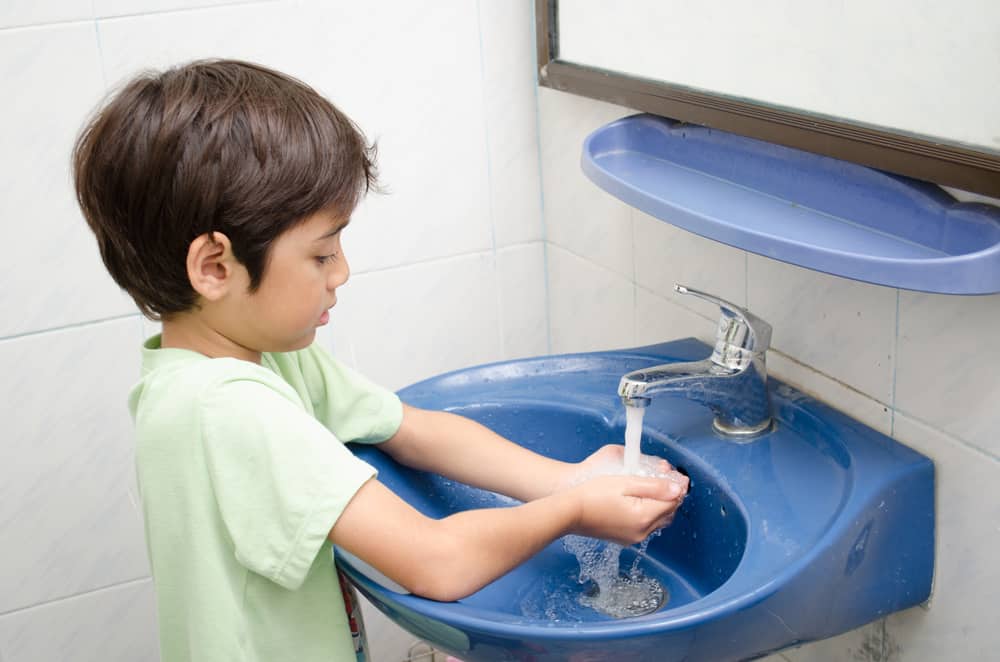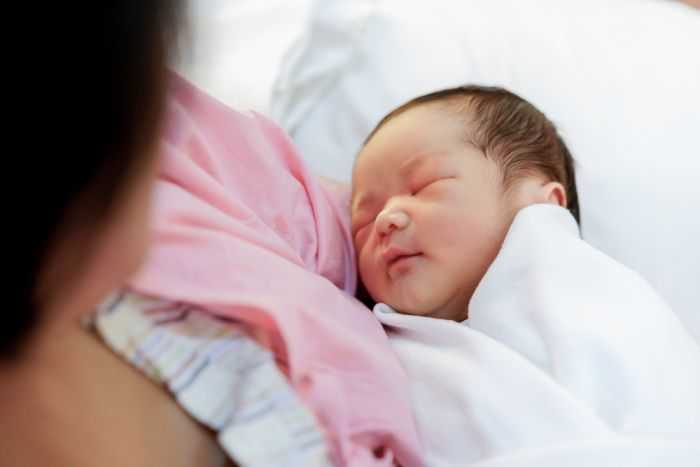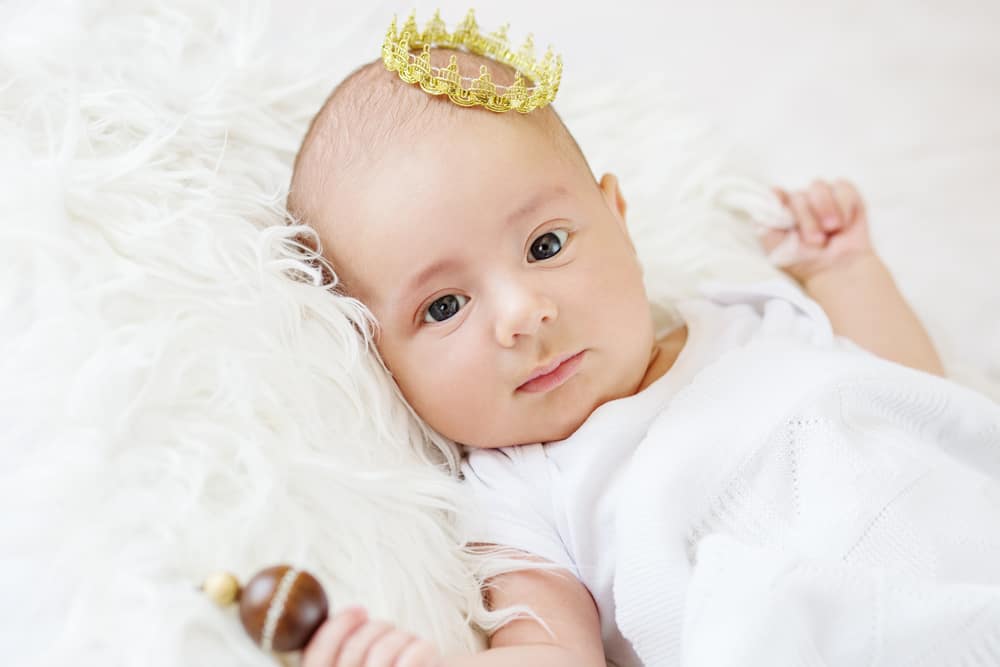Contents:
- Medical Video: Your Baby's Development from 6 to 9 months - Boys Town Pediatrics
- Stage of vision development
- Your role
- When do you need to feel worried?
Medical Video: Your Baby's Development from 6 to 9 months - Boys Town Pediatrics
Eighty percent of our connection with the world is done through the eyes, and vision development is a remarkable example of how baby experiences, combined with genetic factors, can shape the development of the human brain.
From the moment your baby is born, his eyes will help your child's physical, mental, and emotional development by drawing information about the world around him.
Even if your baby is born with perfect eyes, what happens during one week and the first month of his life can still influence the development of his vision. Your baby's vision will develop when responding to light, shape, color, and movement. Without visual stimulation in the first week, he will never develop the ability to see it perfectly, and this problem cannot be corrected later.
This is why vision problems in early childhood can affect other brain development problems and make children's growth slow. But don't worry, because activities that enrich their social and cognitive development (including interacting with parents, caregivers, and other children) can also help stimulate the development of their five senses.
Stage of vision development
During the first 6 months, your baby should be able to:
- Detects light, shape, and movement, but may still look blurry. Your baby cannot clearly see objects that are more than 30 cm away from him. But he could clearly see the face of the person carrying him.
- Focusing his eyes and following the movements of objects
- See colors, but still have difficulty distinguishing colors that are similar to red and orange
- Focusing his eyes easily on your face or someone nearby
He might also be able to:
- Showing his fondness for bright basic colors and more complicated details
- Following the movements of objects is more perfect
- Slowly learn depth perception
- Become better at seeing very small objects and track the movements of objects
- Identify objects after seeing only part or half of the object
- Distinguish bright colors, and begin to be able to distinguish pastel colors that are more calm
Your role
Research shows babies prefer human faces to other patterns and images, so let your baby know your face by making sure your face stays close to it (especially when it's new). When your baby is around 1 month old, almost everything you show him can attract him. Make eye contact with your baby during meal and play time. Eye contact has a big role in the overall development of the baby. When giving milk with a bottle, replace the position of your hand holding it so that the baby can learn to use both eyes to make eye contact.
Games like cilukba are common things at this age. If you are not in the line of sight of your baby, the baby will assume you are gone. Even if you hide your face behind your hands, your baby will not know that you are still there.
The vision of a newborn baby can only distinguish bright contrasting colors. So, a calm pink and blue color, which is often used to decorate a baby's room, is actually not useful to stimulate the baby's sense of vision. At least the first week.
Move jingling toys or other brightly colored items from left to right in front of the baby's face. Then change the movement to go up and down. This object can attract attention, although most babies cannot follow vertical movements well until the age of 3 or 4 months. Find out other things that attract your baby's attention visually, such as wall fans, birds, or leaves that fall in the yard, or neighboring children who play rubber jumps.
When the baby is a little bigger, introduce it to the basic colors and pastel colors. One way is to buy toys such as bright colored telephones, stick posters with bright colors in his room, and interesting picture story books.
When do you need to feel worried?
Your doctor will check your baby's eyes regularly, but if you notice something is wrong with your baby, make sure you tell the doctor about it. For example:
- Your baby cannot trace objects (your face or toy) with both eyes when he is 3-4 months old
- One or both of his eyes cannot move in all directions
- His eyes kept moving and could not stay still
- Your baby's eyes squint almost every time, or one or both of the baby's eyes tends to jut out or inward
- One of the pupils is white
- Your baby's eyes are sensitive to light and often runny
If your baby is born prematurely (especially if very premature, has an infection, or needs oxygen therapy) your baby has a greater risk of having some eye problems, including astigmatism, myopia (nearsightedness), retinopathy prematurity (tissue growth) abnormal blood that can cause blindness), and strabismus (uneven eye position). Your doctor will follow up on the premature condition when testing your baby's eyes and taking the necessary action.
READ ALSO:
- What Is the Vision of Babies at 6-12 Months?
- List of the Best Foods for Your Child's Vision
- Detect and Overcome Conjunctivitis Allergies (Eye Allergies)











